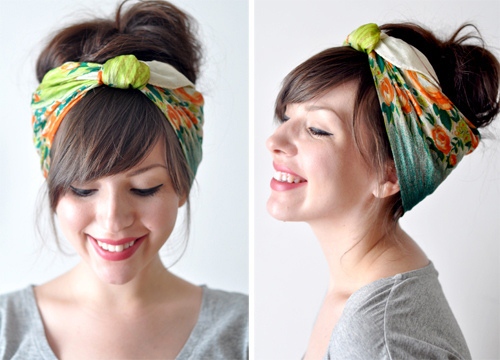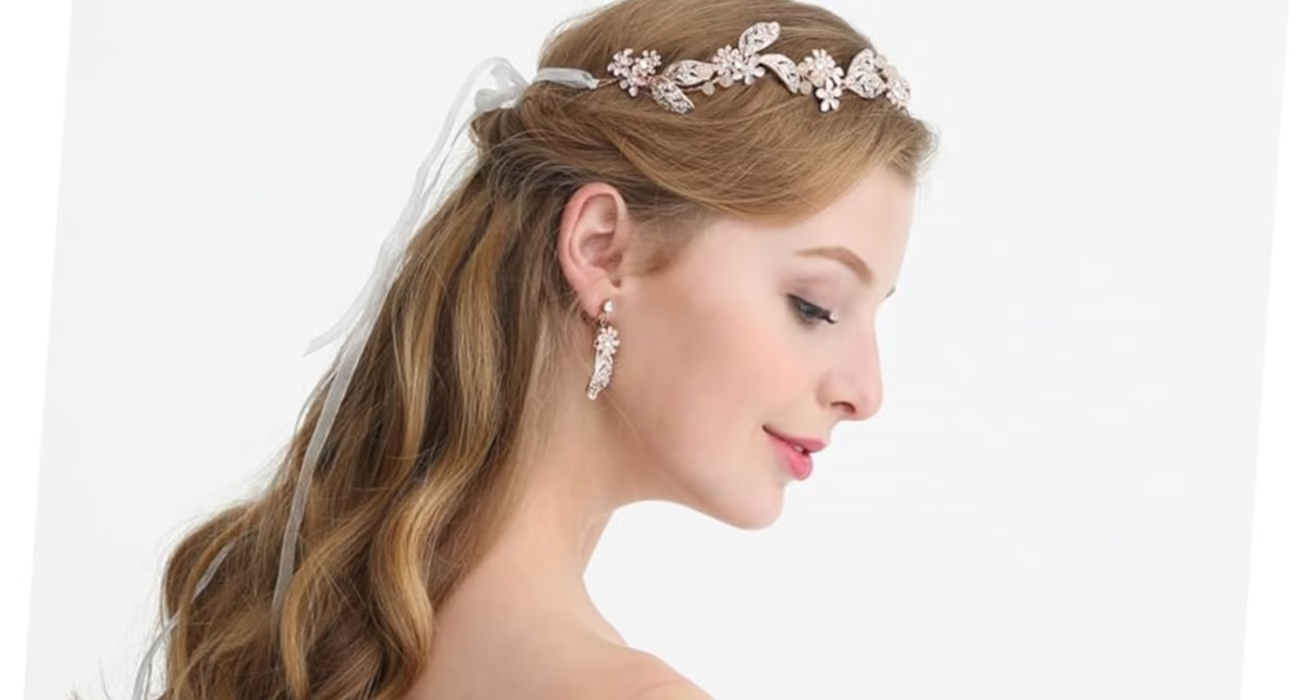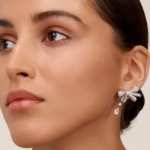The headband has evolved from a simple hair accessory to a powerful symbol in the world of fashion and self-expression. Not only does it serve the practical purpose of keeping hair in place, but it also allows individuals to showcase their unique style and personality. This article aims to unravel the many dimensions of the headband, exploring its historical significance, cultural impact, modern designs, psychological effects, and societal relevance.
A Historical Perspective on Headbands
Understanding the rich history behind the headband provides valuable insight into its contemporary appeal and significance. From ancient civilizations to modern-day fashion runways, the headband has played diverse roles throughout history.
Ancient Origins of the Headband
Headbands have existed since ancient times, tracing their roots back to different cultures around the world. In Ancient Egypt, for instance, elaborate headdresses adorned with gold and jewels were popular among royalty, representing power and social status. These ceremonial accessories often featured intricate designs, serving not only as adornments but also as symbols of authority.
Similarly, in ancient Greece, laurel wreaths were worn by victors of athletic competitions, blending beauty with achievement. The use of fabric bands was common in various civilizations, serving both functional and decorative purposes. Through these lenses, we can see that the concept of the headband is steeped in tradition and deep cultural meaning.
Evolution Through Time

As societies evolved, so too did the design and function of headbands. During the Middle Ages, they became an essential part of women’s fashion, often intricately designed with embroidery and jewels. By the time the Renaissance period rolled around, headbands had transformed into a canvas for creative artistry, allowing artisans to express their craftsmanship.
In the 20th century, the headband saw a resurgence thanks to influential figures in the fashion industry. Iconic celebrities and fashion icons began adopting and showcasing headbands, further embedding them into popular culture. This adaptability showcases the headband’s ability to transcend time and trends, remaining relevant across generations.
Cultural Significance and Symbolism
Different cultures assign varied meanings to headbands. In some Indigenous cultures, braided headbands made from natural materials symbolize a connection to nature and spirituality. In contrast, contemporary styles often reflect individuality and self-expression.
Furthermore, specific headbands may represent affiliations or movements—a prime example being the colorful hair ties worn during protests or rallies advocating for social justice. Thus, the headband serves as more than mere decoration; it acts as a vehicle for cultural expression and solidarity.
The Contemporary Relevance of Headbands
Fast forward to today, the headband has cemented itself as a staple accessory in the wardrobes of people worldwide. Its significance goes beyond aesthetics, encompassing functionality, creativity, and personal branding.
Versatility Across Styles

One of the most appealing aspects of the headband is its versatility. From casual outings to formal events, headbands come in a variety of styles and designs suitable for any occasion. Fashion brands like Accessorize and Lovisa have expanded their offerings to include pieces ranging from elegant silk headbands perfect for weddings to sporty options ideal for workouts.
This diversity allows individuals to express their unique tastes effortlessly. For instance, a bold patterned headband can transform a simple outfit into a statement piece, while a delicate design can exude elegance and sophistication. Personal style becomes an avenue for self-expression, with headbands playing a significant role.
Crafting Unique Experiences
The modern headband is not just about looks; it represents experiences and memories. Many individuals have fond recollections tied to specific headbands—whether it be a cherished gift from a loved one or a go-to accessory for a memorable event.
Fashion enthusiasts often curate collections of headbands, selecting pieces that resonate with their personalities or commemorate special moments. This emotional connection adds depth to the accessory, transforming it from a mere item into a treasured keepsake.
Impact on Social Dynamics
The influence of social media cannot be understated in understanding the contemporary relevance of headbands. Platforms like Instagram and TikTok have propelled the visibility of various headband styles, enabling influencers and fashionistas to showcase their looks to a global audience.
This exposure has sparked a wave of creativity, driving trends and inspiring others to explore fashion in innovative ways. As a result, headbands have become a shared language among communities, fostering connections through style and encouraging collective exploration of identity.
Psychological Dimensions of Wearing Headbands

The headband not only serves a physical purpose but also impacts our psychological well-being. Many wearers report feeling more confident, stylish, and positively inclined when donning their favorite headbands.
The Confidence Boost
When individuals feel good about how they present themselves, it naturally translates into increased confidence. A well-chosen headband can elevate one’s mood, making them feel polished and put together.
Moreover, this confidence can affect interpersonal interactions. For those who engage in activities requiring focus—such as sports or public speaking—headbands provide both practicality and an added layer of self-assurance. The act of wearing a headband becomes a ritual of empowerment for many.
Expression of Individuality
In a society where conformity often reigns, the headband offers an opportunity for self-expression. People can select headbands that align with their moods, styles, or beliefs, making bold statements or subtle expressions through their choices.
This personalization becomes an integral part of one’s identity. When someone chooses a vibrant floral headband over a classic black one, they are communicating aspects of their personality. This expressive freedom fosters authenticity, helping individuals connect with themselves and their communities.
Reflecting Trends and Cultural Movements
Headbands can also serve as indicators of broader social and cultural movements. Over the years, we’ve seen various styles rise and fall in popularity, often reflective of changing societal values.
For example, the recent revival of chunky, colorful fabric headbands aligns with a growing trend towards nostalgia and comfort in fashion. This shift toward embracing playful styles highlights the human desire for connection and joy, especially during challenging times.
The Artistic and Creative Potential of Headbands
The world of headbands is brimming with creativity, presenting endless possibilities for designers and artists alike. The evolution of designs showcases the intersection of fashion, art, and individual expression.
Design Innovations
Contemporary designers are pushing boundaries by experimenting with materials, patterns, and shapes. From luxurious satin finishes to eco-friendly fabrics, headbands are becoming platforms for artistic exploration.
This innovation isn’t limited to aesthetics; it also engages the senses. Textured headbands made from unique materials, like velvet or crochet, offer tactile experiences that enhance the overall appeal. Designers are also incorporating embellishments such as beads, feathers, and floral arrangements, turning headbands into wearable art pieces.
Cultural Collaborations
Many designers collaborate with local artisans or indigenous communities to create headbands that honor traditional craftsmanship while giving it a modern twist. These collaborations highlight the stories and skills behind each piece, adding depth and context to the accessory.
By supporting local artisans, designers promote sustainability and ethical practices, ensuring that the art of headband-making thrives in a contemporary setting. As a result, headbands act as conduits for cultural exchange and appreciation.
The DIY Movement
The rise of the DIY (do-it-yourself) movement has inspired individuals to create personalized headbands that reflect their unique styles. Crafting custom headbands not only promotes creativity but also fosters a sense of accomplishment.
Online platforms are filled with tutorials guiding aspiring creators through the process of crafting their own headbands. This practice allows for exploration and experimentation, enabling individuals to curate collections that resonate with their identities while engaging in sustainable fashion practices.
Conclusion

The headband transcends its traditional role as a hair accessory, evolving into a multifaceted symbol of identity, creativity, and cultural expression. Its historical roots, contemporary relevance, psychological impact, and artistic potential illustrate that the headband is much more than a simple fashion item—it embodies a narrative of adaptability and resilience.
As we continue to explore the diverse meanings tied to headbands, we recognize their power to unite individuals through shared experiences, creativity, and self-expression. In a world constantly shifting between trends and traditions, the headband remains a timeless accessory that connects us to our past while inspiring future fashion explorations.
✉️ Stay Connected — Subscribe for Weekly Updates
Discover timeless stories, practical wisdom, and beautiful culture — delivered straight to your inbox.
*We only share valuable insights — no spam, ever.






